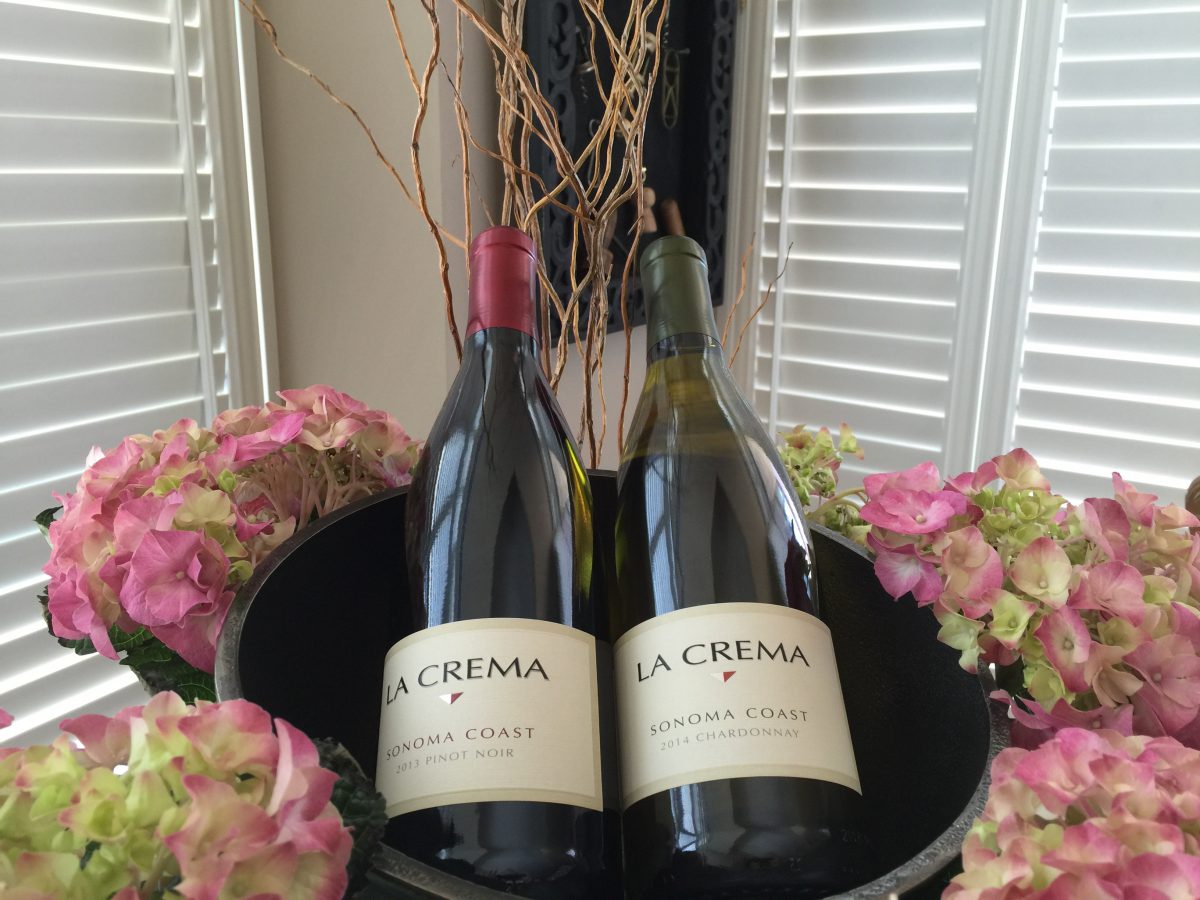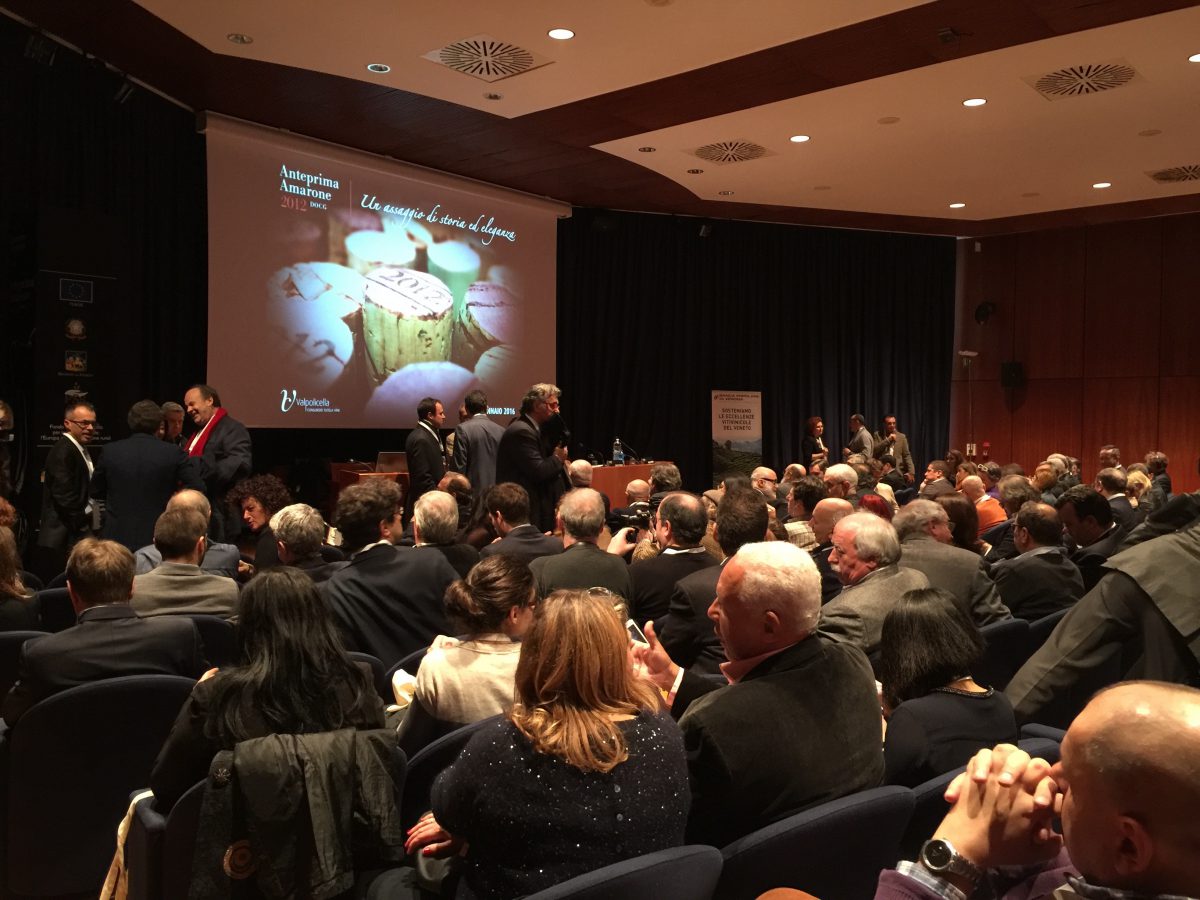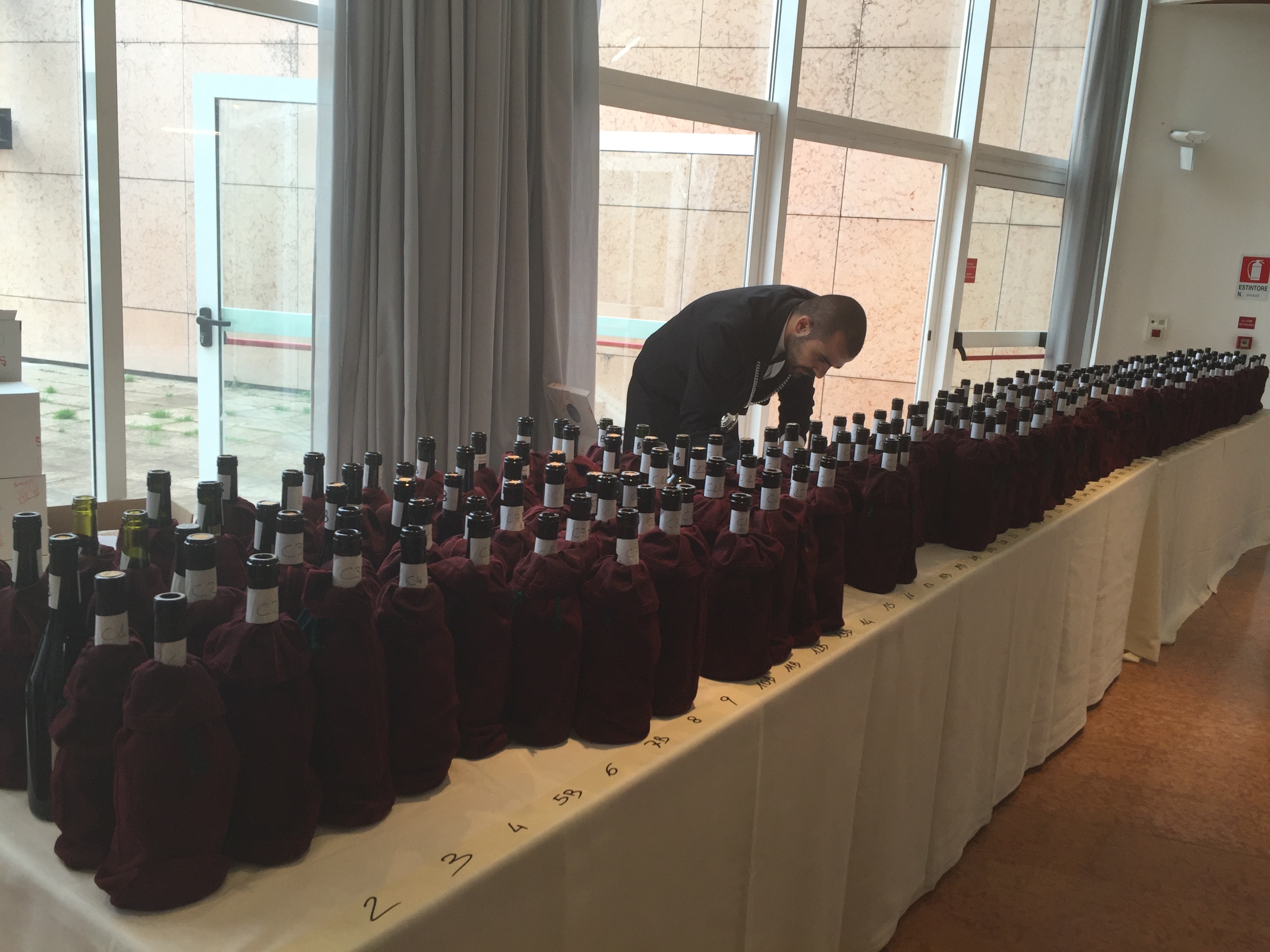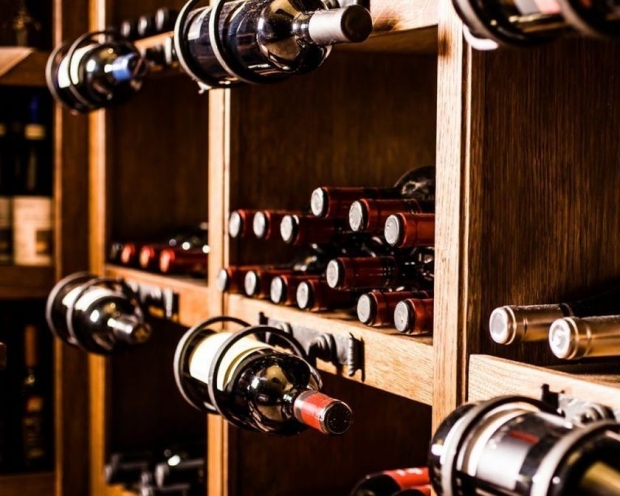 The segment is extremely healthy: the global market for sparkling wines proved to be bullish once again in 2015, as confirmed by research by FranceAgriMer. Production, consumption and trade are all showing growth.
The segment is extremely healthy: the global market for sparkling wines proved to be bullish once again in 2015, as confirmed by research by FranceAgriMer. Production, consumption and trade are all showing growth.
Production continues to rise
Production of sparkling wine reached 19 million hectolitres in 2015, equivalent to 2.5 billion bottles, according to data by Agrex Consulting. It accounts for 7% of global wine production, compared with 5% in 2000.
Leading producer countries
| France | Germany | Italy | Spain |
| 4.38 million hl | 2.9 million hl | 2.9 million hl | 1.6 million hl |
Consumption is also on the rise
Global consumption totals 17.6 million hl, up 4.1% on 2005/2014. It is growing faster than consumption of still wines which rose 1.3% over the same period.
Leading consumer countries
| Germany | Russia | USA | France |
| 2.9 million hl | 2.4 million hl | 1.9 million hl | 1.8 million hl |
Per capita consumption
| Germany | France | USA | Russia |
| 4.7 bottles/yr | 3.7 bottles/yr | 0.8 bottles/yr | 2.2 bottles/yr |
Exports approach 50 billion euros
7.2 million hectolitres of sparkling wines (> 3 bar) were exported in 2015, equating to 7% of global wine exports. Over ten years, export volumes have almost doubled. Sparkling wines posted 48.6 billion euros in turnover with bottle prices averaging at 6.7 euros/litre, three times the price tag for still wines. Three countries dominate exports: Italy, France and Spain. Italy ranks first by volume with growth of 216% between 2005 and 2015. France leads the way by value thanks to its top end offering Champagne with 55% of turnover for French sparkling wines ascribed to this one appellation. Conversely, French sparkling wines lost ground by volume (-9 points) and value (-10 points) in 2005-2015.
Share of the three leading countries of global sparkling wine exports
| Italy | France | Spain | |
| Volume | 38% | 24% | 23% |
| Value | 20% | 61% | 9% |
Great Britain leads the way for imports
The United Kingdom ranks first by volume with an 18% share but is outstripped by the United States in value terms (19% of imports). 59% of British imports by value come from France. The United States have witnessed soaring sparkling wine imports which have surged by 80% in ten years. The average price tag in the States is high at 9.2 euros compared with 5.8 euros in the UK.
Germany is the second largest importer country by volume, followed by the United States. Prices are low in Germany with the market generating only 10% of the value of global imports. Semi-sparkling wines are the most popular which explains why the average price per litre is just 2 euros.
Source: FranceAgriMer




![My Interview with: Olga Bussinello, Director, Consorzio Valpolicella – Italy [Women in Wine Business]](https://www.liz-palmer.com/wp-content/uploads/2016/03/IMG_5821-1200x1600.jpg)

 The 13th Edition of Anteprima Amarone was held in Verona on January 30 and 31st when 74 producers revealed their wines from the 2012 harvest to international press, industry insiders and general public.
The 13th Edition of Anteprima Amarone was held in Verona on January 30 and 31st when 74 producers revealed their wines from the 2012 harvest to international press, industry insiders and general public.